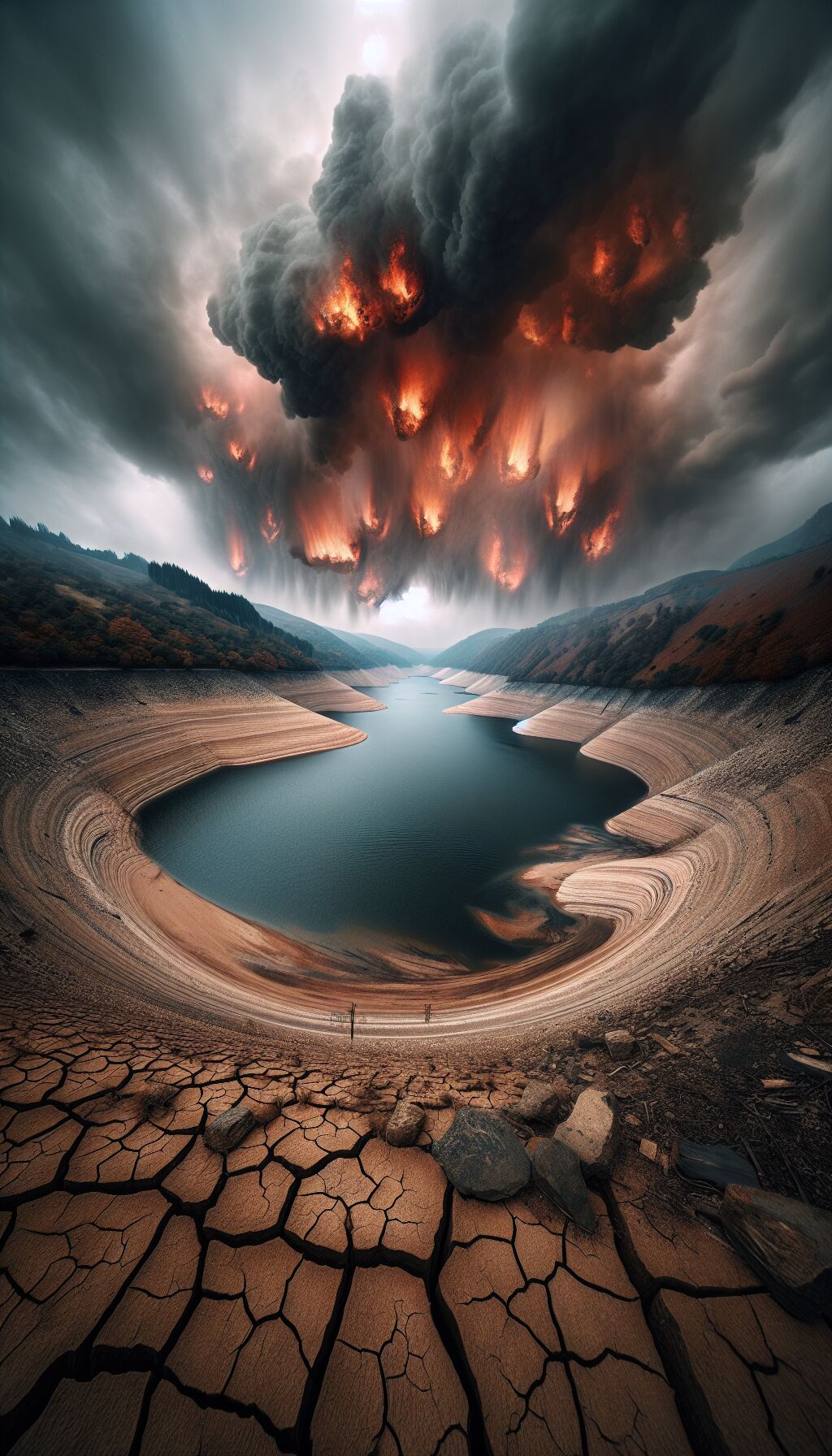California’s Fire Crisis: The Struggle for Water Resources Amidst Political Debate
As wildfires rage across parts of California, particularly in Los Angeles, firefighters are confronted with an alarming reality: scarce resources to combat the blazes, despite the state not experiencing a genuine water shortage. Thousands of lives, homes, and ecosystems are at risk, prompting urgent discussions about resource allocation and management.
Governor Newsom’s Stance: A Call for Unity
Amidst this crisis, Governor Gavin Newsom has publicly urged against politicizing the ongoing water issues. Critics, however, strongly argue that political mismanagement has significantly contributed to the current state of affairs. Edward Ring, the director of water and energy policy for the California Policy Center, voiced these concerns in a recent interview with Fox News Digital. “It’s all political,” he stated, emphasizing that the current crisis is exacerbated by the politicization of climate change discussions, which he argues is only a minor factor in the broader issue.
Infrastructure Challenges: Outdated Water Management
Experts point to inadequate forestry management and the state’s outdated water reserve systems as key contributors to California’s ongoing troubles. Most of the state’s reservoirs were constructed in the mid-20th century and lack the capacity to manage sudden surges in water, as evidenced during last year’s record-breaking rainfall from an atmospheric river event. A significant amount of that water ended up overflowing into the ocean rather than being captured and stored for later use.
Environmental Regulations: Balancing Ecosystems and Resources
Some blame “environmentalist extremists” for pushing for regulations such as the Endangered Species Act, which mandates freshwater flow through rivers to protect species like the delta smelt and salmon. Ring contends that these regulations hinder the ability to divert necessary water to storage systems, even during wet seasons. “There is plenty of water,” he asserts, but state policies have prioritized ecological preservation over urgent human and agricultural needs.
The Urban Water Challenge: Infrastructure Neglect
California’s urban areas, especially Los Angeles, are designed with stormwater drainage systems that funnel rainwater directly into the ocean, rather than storing it for future use. This has compounded the water crisis, particularly with infrastructure that has been left neglected over time. Ring expressed his views on the situation: “They bring water in off of the California Aqueduct, and they import water into Los Angeles, and they haven’t brought enough in there, and their reservoirs are depleted.”
The lack of sufficient funding for water infrastructure improvements is further exacerbated by a series of policies aimed at reducing water usage in the state. “The bottom line is they haven’t spent money on it, and they’ve justified that by saying we have to use less water,” Ring explained. This ongoing neglect has led to calls from former legislators and experts who claim that California’s beleaguered water infrastructure is “devastating California.”
Promises Unfulfilled: Proposition 1 and Water Storage Capacity
In 2014, California voters passed Proposition 1, which aimed to enhance water storage capacity through a .7 billion bond initiative. Despite the passage, as of January 2025, no new reservoirs had been built under this program. Former California lawmaker Brian Dahle lamented the lack of progress: “And here it’s been all these years, and we haven’t done a shovel full of dirt to move to make the project.” With a 0 billion surplus in state funds, the failure to address these critical infrastructure needs leaves many Californians frustrated.
Current Wildfire Crisis: Eaton Fire and Beyond
The wildfire situation remains dire. The Eaton Fire, burning near Altadena and Pasadena, has consumed over 27,000 acres, according to Cal Fire reports. This critical incident underscores the urgent need for resource allocation that prioritizes efficient firefighting capabilities during the state’s increasingly frequent and devastating fire seasons.
A Political Response: Protecting Californians
Amidst these chaotic circumstances, Governor Newsom’s office has emphasized a focus on ensuring the safety of residents and providing firefighters with adequate resources, distancing himself from accusations of politicization. Spokesperson Izzy Gardon remarked, “The Governor is focused on protecting people, not playing politics, and making sure firefighters have all the resources they need.”
Conclusion: A Call for Comprehensive Solutions
The interplay between environmental policy, political mismanagement, and outdated infrastructure highlights a complex web of challenges facing California. As the state grapples with the dual crises of wildfire and water resource management, a reevaluation of priorities and investment in necessary infrastructure may be essential for safeguarding both human lives and the environment in the years to come.
This HTML document represents a journalistic rewrite of the original article, organized with headings, and expanded content while maintaining the core message and information.
